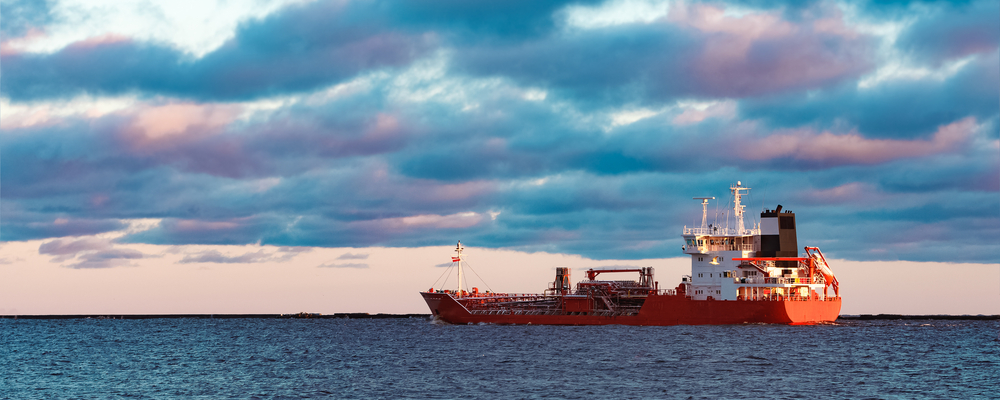Estimates suggest that this shadow fleet includes between 300 to 600 tankers globally.
Others are reading now
Russia’s so-called “shadow fleet” has emerged as a crucial player in the global oil market, helping to bypass sanctions and generate significant revenue for Moscow.
Between 300 and 600 Tankers
Comprising hundreds of oil tankers of questionable origin, this fleet operates through unpredictable routes, keeping the flow of Russian oil steady and preventing a potential historical oil crisis, according to El Economista.
The shadow fleet consists of vessels that lack standard insurance, often have unclear ownership, and frequently change names and flags. Its primary goal is to facilitate the sale of Russian oil above the $60 per barrel price cap imposed by Western sanctions, providing billions in funding for Russia’s ongoing war in Ukraine.
Estimates suggest that this shadow fleet includes between 300 to 600 tankers globally, many of which are aging and poorly maintained.
Also read
In June 2024, 289 ships exported Russian crude and petroleum products, with 158 being part of the shadow fleet, averaging 17 years old. Some vessels are over 30 years old, well past the typical retirement age of 15 to 20 years.
East Coast of Estonia
One striking phenomenon is occurring off the coast of Estonia, where a cluster of these tankers waits in international waters to load cargo.
This creates not only environmental risks but also raises geopolitical tensions. The Estonian Navy has warned of potential collisions due to the close proximity of these ships.
Furthermore, Finland has requested that the EU provide ice-capable ships to assist national fleets in the event of oil spills, as the region is particularly vulnerable. The Baltic Sea is designated as a “particularly sensitive” area, with shallow waters that could lead to severe ecological consequences in the event of an oil disaster.
Despite ongoing sanctions, the shadow fleet’s operations continue, underscoring Russia’s reliance on maritime routes for over 40% of its oil exports. With the fleet now accounting for 65% of Russian oil shipments via the Baltic, monitoring and controlling these movements poses a significant challenge for the international community.


